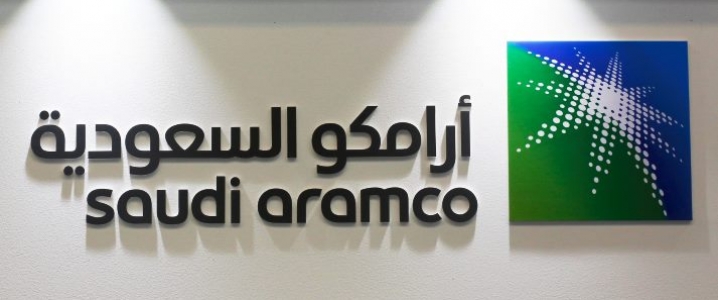Saudi Aramco plans to regularly tap the bond market for debt issuance as it looks to optimize capital structure and widen its investor base, Ziad Al-Murshed, chief financial officer of the world’s biggest oil firm, told Bloomberg in an interview.
“You’ll see us do a couple of things. One is, just take on more debt compared to use of equity,” Al-Murshed told Bloomberg.
“It’s nothing to do with the dividend, it is optimizing our capital structure so that we end up with a lower weighted average cost of capital.”
Aramco returned to the debt market this year, following three years of absence, with two bond issues in which it sold a combined $9 billion in debt.
In July, Aramco completed a bond issuance of $6 billion, with the offering more than six times oversubscribed, based on the initial targeted size of $5 billion.
Then last month, the Saudi state oil giant completed a $3-billion Islamic bond issuance, which also saw strong demand and was six times oversubscribed.
“Building on the strong investor reception from our July 2024 bond issuance, this sukuk offering represented an opportunity to engage with a broader investor base,” Al-Murshed said in October.
Speaking the Bloomberg now, the executive said that Aramco doesn’t plan new bond sales for the rest of this year, but its issues will be “regular but not too frequent” going forward.
The Saudi firm, which is a key pillar of the Saudi economy and export revenues, also seeks to be progressive with its dividend payments, the largest part of which goes to the biggest shareholder, the Kingdom of Saudi Arabia.
“We’re looking for it to be progressive over the years,” Al-Murshed told Bloomberg. Aramco’s free cash flow covers that, he added.
In the third quarter, lower oil prices and weaker refining margins dragged Aramco’s profit down by 15.4% from a year earlier, but the oil giant maintained its $31.1 billion quarterly dividend.
Aramco continues its dividend policy to distribute huge payouts to its shareholders, the biggest of which is the Kingdom of Saudi Arabia via a direct stake of almost 81.5% and an indirect interest via the sovereign wealth fund, the Public Investment Fund (PIF), which has 16% of Aramco.
Saudi Arabia relies on income from oil exports and Aramco’s dividend payouts to finance an ambitious Vision 2030 program, with which the Saudi Crown Prince, Mohammed bin Salman, wants to turn the Kingdom into an investment-friendly destination of doing business and grand projects to reduce reliance on oil.
By Tsvetana Paraskova for Oilprice.com

